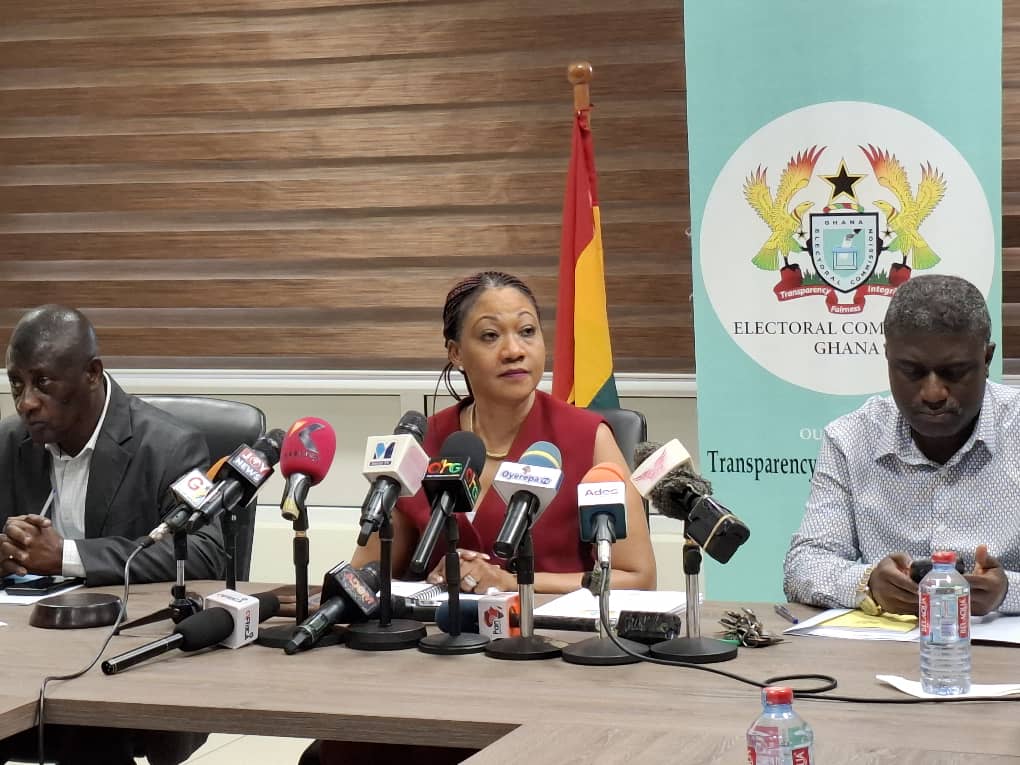
The economy’s performance in second-quarter of this year, especially, has led to discussions about a potential interest rate cut by the Bank of Ghana (BoG).
Data from the Ghana Statistical Service (GSS) indicate that the economy expanded by 5.8 percent in first half-2024, exceeding the year’s initial 1.5 percent growth target.
However, second quarter-2024 was particularly strong with GDP growth reaching 6.9 percent – which the GSS reports as “the highest quarterly GDP growth in five years”.
This economic performance has increased expectations that the monetary authority will consider reducing interest rates at its upcoming September Monetary Policy Committee (MPC) meeting.
Currently, the central bank maintains a rate of 29 percent – a measure implemented to address inflation and stabilise the cedi. But with with inflation decreasing from its peak of 54.1 percent in December 2022, there may be room for policy adjustment analysts maintain.
For instance, investment firm Apakan Securities believes a modest rate cut could be on the table as the central bank seeks to balance inflation control with growth support. It comes as the industrial sector has continued being a key driver of this growth, expanding by 8 percent.
That notwithstanding, some analysts advise caution regarding a potential policy shift. While the industrial sector has performed well, other sectors may face obstacles that could impact growth in the year’s latter-half, they argue.
For example, GSS data indicate that agriculture – though showing a 5 percent growth in first half-2024 – may slow down in coming months due to poor rainfall affecting crop production. Similarly, the services sector – particularly telecommunications – is “facing difficulties that could limit its contribution to overall growth”.
The services sector and agriculture both showed resilience, but whether this momentum will carry into second-half of the year remains to be seen.
While a reduction in interest rates could stimulate domestic investment and consumption – potentially supporting further economic growth, the central bank must consider this against the need to maintain inflation control and currency stability, analysts on the other hand maintain.
External factors also play a role in the MPC’s decision-making process. The current debt- restructuring efforts could also influence the central bank’s approach to monetary policy.
The post Editorial: Are rate-cut hopes premature? appeared first on The Business & Financial Times.
Read Full Story











Facebook
Twitter
Pinterest
Instagram
Google+
YouTube
LinkedIn
RSS